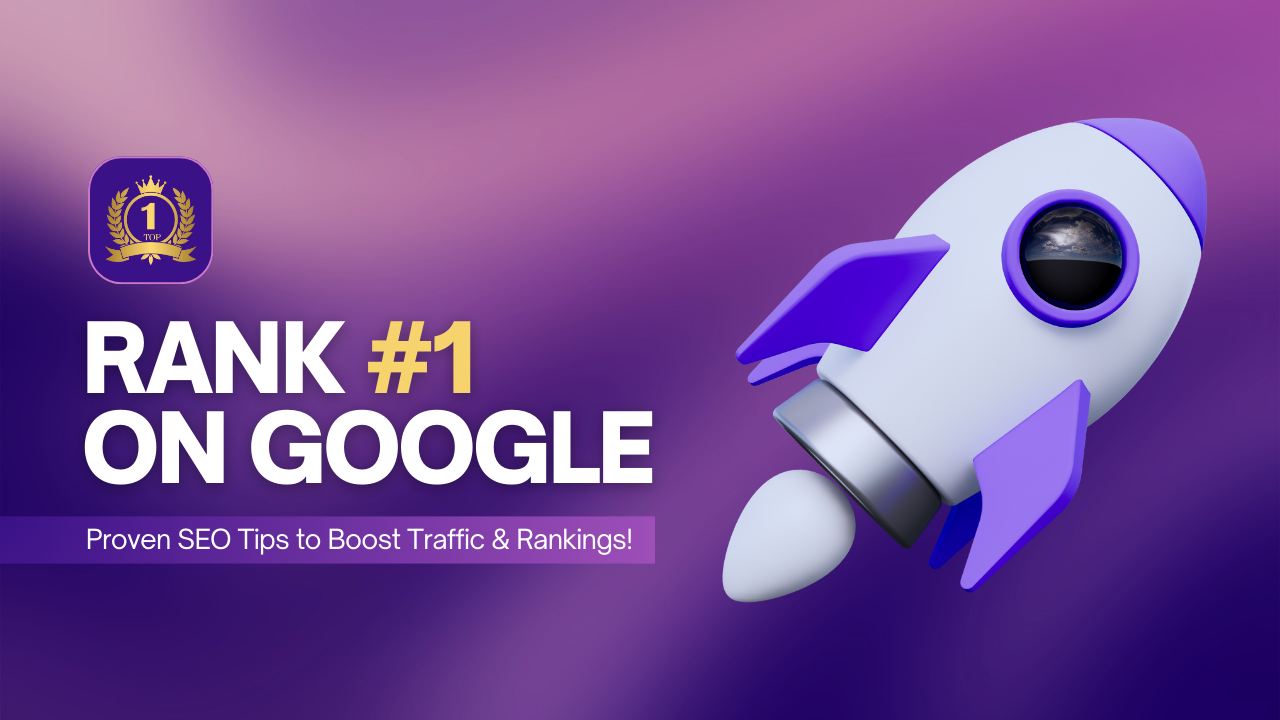Creating content that ranks well in search engines while engaging real readers is both an art and a science. In today's digital landscape, writing for SEO isn't just about stuffing keywords—it's about crafting quality content that genuinely helps your audience while following best practices that search engines reward.
What makes content SEO-friendly?
SEO-friendly content is strategically created to rank high in search engine results while providing real value to readers. This means optimizing for specific keywords, ensuring readability, and addressing the search intent behind queries. When done right, SEO content helps search engines understand your page while keeping human readers engaged.
Search engines like Google use complex algorithms to crawl websites and index content that best answers users' questions. By optimizing your content for these algorithms, you significantly improve your chances of appearing in organic search results.
Why SEO-friendly content matters
Ranking high in search results is crucial for attracting targeted organic traffic. Since SEO writing focuses on addressing specific search intent, your content is more likely to connect with and influence readers who are actively looking for solutions you provide.
Well-optimized content not only helps your site rank better but also enhances user experience, encouraging longer browsing sessions and higher engagement rates—factors that further improve your search rankings.
18 Tips to write SEO-friendly content
Writing SEO-friendly content is more than just adding keywords. To rank higher in search results, your content should be valuable, engaging, and helpful to your audience. Follow these best practices to optimize your blog posts and improve visibility.
1. Do your Keyword research homework
The foundation of effective SEO writing is thorough keyword research. Use tools like Google Keyword Planner, Ahrefs, or Semrush to identify high-potential keywords in your niche.
Look beyond just search volume—target keywords that match your niche but aren't impossibly competitive. Sometimes, lower-volume but highly relevant keywords can drive more qualified traffic to your site.
For instance, if you're writing about indoor gardening, don't just target that broad term. Look for related phrases like "best low-light indoor plants" or "how to start an herb garden in an apartment" that might have less competition but higher conversion potential.
2. Create content that actually helps people
Google rewards content that genuinely helps readers. Your articles should be informative, well-researched, and directly address what your audience is searching for.
Instead of publishing generic content like "How to Make Pasta," go deeper with something like "The Secret to Authentic Italian Pasta: Tips from Roman Chefs." This allows you to provide unique insights that generic articles miss.
The longer users stay on your page, the stronger the signal to search engines that your content delivers on its promise.
3. Use keywords naturally (not robotically)
While including target keywords is essential, jamming them awkwardly into every paragraph will hurt rather than help. Place keywords strategically in your title, introduction, subheadings, and conclusion, but always in a way that reads naturally.
For an article targeting "sustainable living," craft a title like "10 Practical Sustainable Living Tips for Busy People" and weave the concept naturally throughout your content.
Also include related terms (LSI keywords) that search engines associate with your main topic. Tools like LSI Graph can help identify these semantic connections.
4. Write headlines people actually want to click
Compelling titles and headings are crucial for both grabbing reader attention and helping search engines understand your content. Use engaging phrases like "Proven Ways," "Ultimate Guide," or specific numbers to increase clicks.
Rather than a bland "Facts About Coffee," try "7 Surprising Coffee Facts That Will Change How You Brew." This creates curiosity while giving readers a clear idea of what they'll learn.
Test different headline variations to see which ones generate higher click-through rates—more clicks often translate to better rankings.
5. Format your content for actual humans
People don't read online—they scan. Make your content scannable with short paragraphs (3-4 lines max), descriptive subheadings, and strategic use of bullet points and numbered lists.
Good formatting helps both readers and search engines identify key information in your content, potentially landing you a featured snippet in search results.
For example, if you're writing a guide on building a treehouse, break it into clearly labeled sections like "Materials Needed," "Step-by-Step Construction," and "Safety Tips" with appropriate lists and highlights for key points.
6. Optimize your images properly
Images and multimedia enhance user experience, but they need proper optimization. Use descriptive file names (like "mediterranean-diet-meal-plan.jpg" instead of "IMG12345.jpg") and include relevant alt text with your target keywords when appropriate.
Compress images to maintain quality while reducing file size, which helps improve page load speed—another important ranking factor.
7. Build a strategic link network
Effective linking improves both user experience and SEO performance. Include both internal links (to other relevant content on your site) and external links (to reputable sources that support your points).
Internal linking helps distribute SEO value across your site and guides users to related content. External linking to authoritative sources builds credibility and signals to search engines that your content is well-researched.
Use descriptive anchor text for links rather than generic phrases like "click here" or "read more."
8. Make sure your content works on mobile
With most internet users browsing on mobile devices, mobile-friendly content is non-negotiable. Ensure your site uses responsive design that adapts to all screen sizes.
Use Google's Mobile-Friendly Test to check your page's performance and make necessary adjustments before publishing.
9. Speed up your page loading time
Slow-loading pages frustrate users and hurt your SEO rankings. Optimize images, enable browser caching, and consider implementing lazy loading for media content so it only loads when users scroll to it.
Choose a reliable web hosting provider known for excellent uptime and speed. A good host forms the foundation of your site's performance.
10. Keep your content fresh and updated
Regularly updating your content signals to search engines that your site is active and information is current. Create a content calendar that includes regular reviews of existing content, especially for topics that change rapidly.
For example, rather than letting your "Top SEO Strategies for 2023" post become outdated, update it for 2025 with fresh information, revised statistics, and new strategies.
11. Craft meta descriptions that get clicks
Meta descriptions are the short snippets that appear under your title in search results. While they don't directly impact rankings, compelling meta descriptions improve click-through rates, which do affect your position.
Write engaging meta descriptions that include your target keyword and a clear call to action. Keep them under 155 characters and highlight the specific benefit readers will get from your content.
12. Make social sharing easy
While social shares don't directly influence rankings, they extend your content's reach, which can lead to more backlinks and traffic.
Add prominent social sharing buttons to your content and consider including click-to-tweet boxes for key takeaways. Create shareable graphics that summarize main points visually.
13. Write comprehensive content (when appropriate)
Longer, in-depth content often ranks better because it thoroughly covers a topic. For important articles targeting competitive keywords, aim for at least 1,500-2,000 words of substantive content.
However, quality always trumps quantity—don't pad your word count with fluff. Every paragraph should provide value.
14. Track what's working (and what's not)
Use tools like Google Analytics and Google Search Console to monitor how users find and interact with your content.
Set up specific conversion goals to track how your SEO efforts translate into business results. For online stores, track metrics like "add to cart" actions and completed purchases to measure ROI.
Analyzing this data helps you refine your strategy and focus on what's actually working.
15. Put user experience first
Balance SEO optimization with user-friendly design. Clear navigation, intuitive menus, and easy-to-use forms improve the overall experience.
Make content scannable with strategic formatting and consider adding features like table of contents for longer articles, breadcrumb navigation, and "back to top" buttons.
Remember that Google's algorithms increasingly prioritize sites that provide excellent user experiences.
16. Know who you're actually writing For
Identify your ideal reader before writing a single word. Consider their knowledge level, pain points, and what they're really searching for.
The better you understand your audience, the more effectively you can create content that resonates with them while naturally incorporating relevant keywords.
Use surveys and social media polls to gather direct insights from your audience about what they want to learn more about.
17. Target long-tail keywords
Long-tail keywords (specific phrases of three or more words) typically have less competition while attracting more qualified traffic.
For example, rather than targeting "weight loss" (extremely competitive), focus on "how to lose weight while working night shifts" (more specific and easier to rank for).
These specific phrases often capture users further along in the buying journey who know exactly what they're looking for.
18. Create timeless evergreen content
Evergreen content remains relevant and valuable long after publication, continuing to attract readers and maintain rankings over time.
Focus on topics with lasting interest rather than trending news, and periodically update these pieces to keep them current and accurate.
High-quality evergreen content builds your authority, attracts consistent traffic, and generates leads and sales over an extended period.
Conclusion
Creating SEO-friendly content in 2025 requires balancing technical optimization with genuine value for readers. From strategic keyword research and compelling headlines to proper formatting and comprehensive coverage, effective SEO writing puts both search engines and human readers first. Remember that SEO isn't just about meta tags and keywords—it's about creating content that answers questions, solves problems, and delivers real value. By following these principles, you'll develop content that not only ranks well but also builds trust with your audience and drives meaningful results for your business.
The most successful content satisfies both algorithms and humans. When you consistently publish valuable, optimized content, higher rankings and increased traffic will naturally follow.



